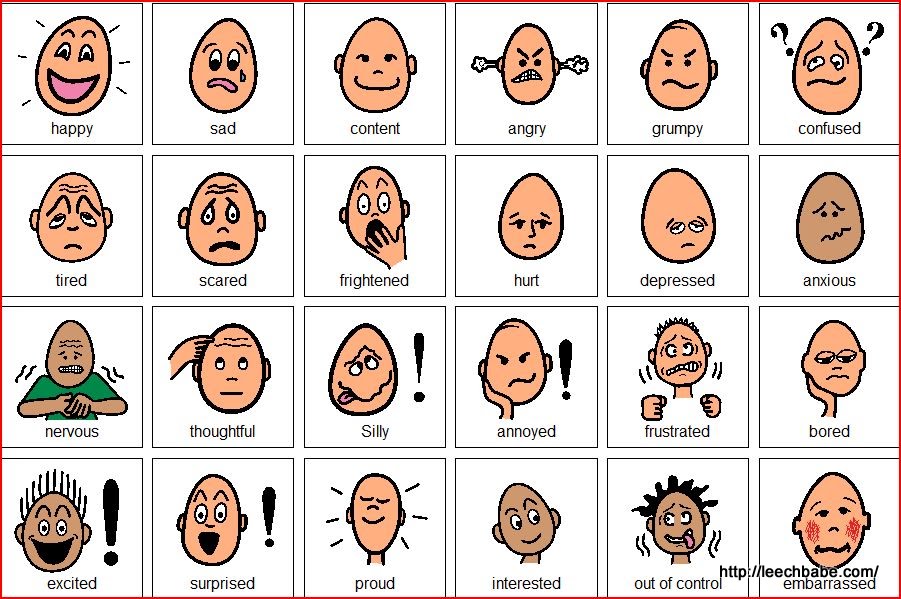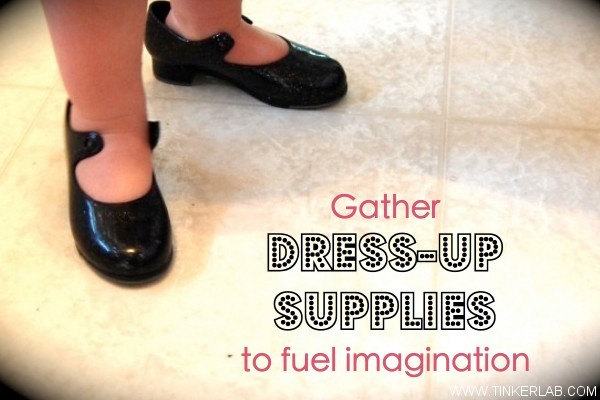5 Dress-Up Play Activities that Build Communication Skills
Image Courtesy of www.eco-mothering.comHalloween is hours away (just ask my 10 year-old who keeps a running clock of every important event in his life). But after Halloween is when I really love to hit the costume shops and aisles at my local stores. It’s time to replenish the costume box, add to that costume trunk, or start a new storage tote of everything from wigs and face paints to feathered boas and false teeth. Assemble those supplies that can not only help engage your child’s imagination, but build communication skills, too.
Build Communication Skills and Imagination with Costumes
1. Bring the Bedtime Story to Life
Before reading those bedtimes stories, raid the costume box and dress up like a character from the book or just how you envision the author might have looked like when writing the story. Your child’s attention will be captured doubly, and if he is a visual learner, his listening skills will be heightened as you do your best to act out some of the scenes in all your wigged-out glory. Bedtimes stories can’t be over-rated in their importance to crucial aspects of your child’s life, but you can go over the top in how you engage with your child and create the ultimate bedtime story.
2. Emotion in a Bag
If your child struggles with recognizing emotions and body language, try this game that encourages emotional recognition through costume play. Print a list of emotions and emotional actions, appropriate to your child’s vocabulary and social level. Some examples include:
- Nervous
- Shy
- Confident
- Sad
- Weary
Fold and drop these in a hat or bowl and have your child draw one from the supply. The next step is where the costume fun begins. Have your child pick costumes or accessories that would help to convey this emotion or emotional action – think of it as charades with a kick. For example, weary might be conveyed with the costume of a knight who is weary from battle, or mysterious might be conveyed by hiding behind a mask. Understanding these nonverbal cues is imperative when it comes to successful communication skills.
3. What Do I Sound Like?
What I also like to call Talking Charades, What Do I Sound Like? encourages kids to experiment with voice inflection, tone, volume, dialect, and all of those things that influence conversations. Take turns with your child dressing up as different characters and then saying one or two phrases your character might say. For instance, if you dress up like a pirate, you could say in your best, booming pirate voice, “Walk the plank!” and your child would get to guess your character. To help make the point about the game, try dressing up like a pirate and speaking in your softest, most demure princess voice, “Walk the plank….pretty please?” It just doesn’t have the same effect!
4. The Prop Story
In your costume stash be sure to include props – wooden spoons, musical instruments, toy (or real) tools, paintbrushes, and even random cups, bowls, and craft supplies. Have your child select a prop and see how many different ways it can be used in short, made-up stories. One of my kids is forever trying to see how many ways to the moon and back he can use a single item – a wooden spoon can become an oar for a very small sailor, a baseball bat design that didn’t work, an overzealous flyswatter, and wherever else the imagination leads (which also leads to improved vocabulary and communication skills).
5. Rock-n-Roll
Rhythm and music are important parts of communication, especially for kids dealing with challenges such as autism. Bring music into your child’s imaginary play by encouraging him to dress up and be the Rock Star – singing, playing instruments, and rocking out to favorite songs.
Image Courtesy of www.costumecraze.comSo as your children float through the sugar induced coma called Halloween goodies, hit the after-Halloween sales and stock up on costumes at clearance prices. I try to wait until at least a few days have passed – the selection is smaller but the deals are greater – allowing me to fill the costume supply trunks with more tools for imagination and communication skill builders.




